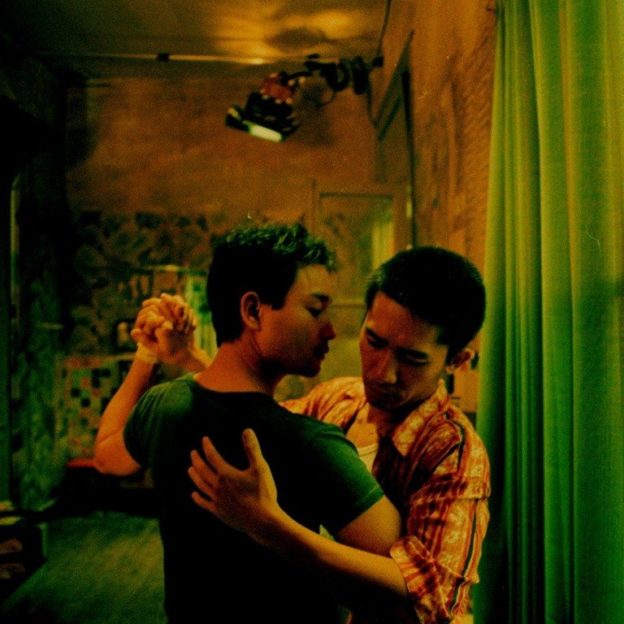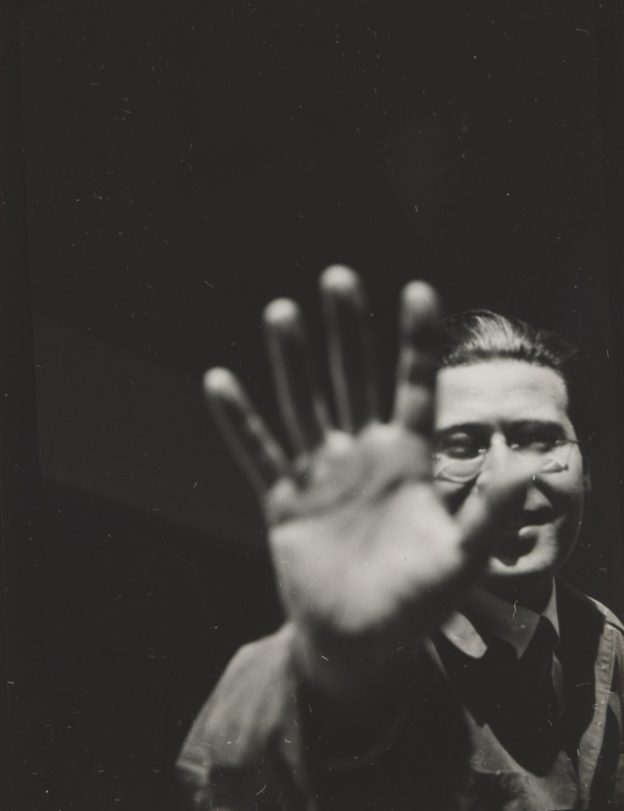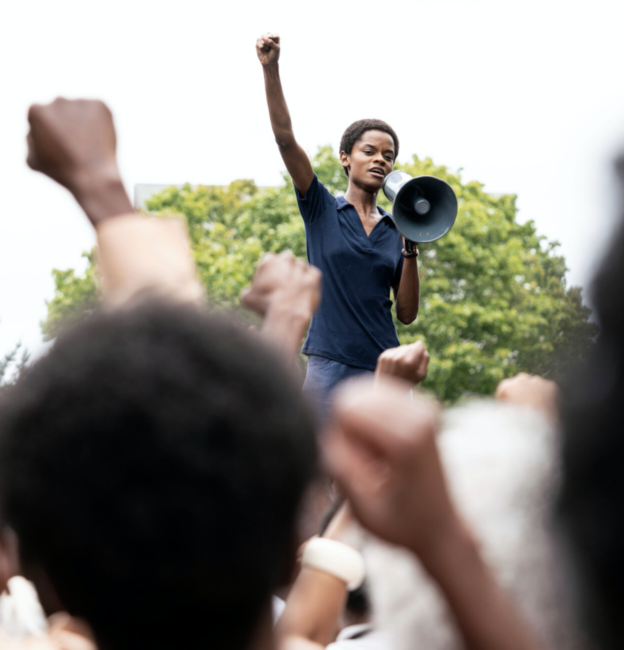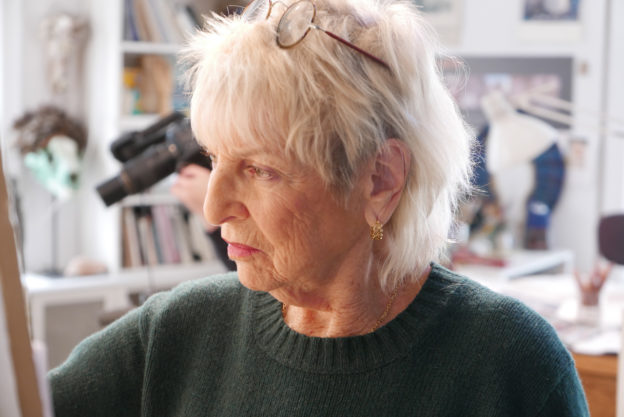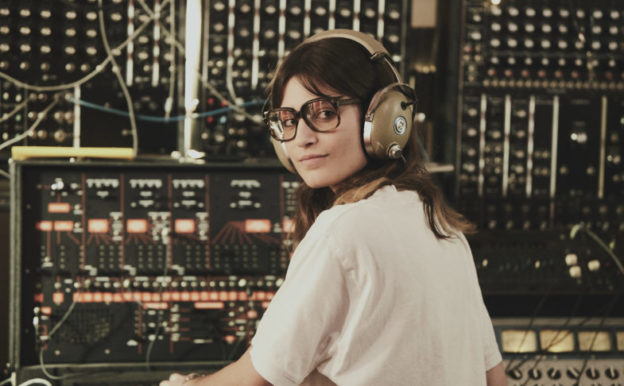During a fire accident in 2019, we lost some of the original negative of HAPPY TOGETHER. In the ensuing months, we tried to restore the negative as much as we could, but a portion of it had been permanently damaged. We lost not only some of the picture, but also the sound in those reels. As a result, I had to shorten some of Tony’s monologues, but with the amazing work of L’Immagine Ritrovata, we managed to restore most of the scenes to better quality. — Wong Kar Wai


As part of the series World of Wong Kar Wai, Film at Lincoln Center presents a new 4K digital restoration—supervised by the director—of HAPPY TOGETHER, Wong’s “feverish portrait of the life cycle of a love affair that’s by turns devastating and delirious… capturing the dynamics of a queer relationship with empathy and complexity on the cusp of the 1997 handover of Hong Kong, when the country’s LGBTQ community suddenly faced an uncertain future.”*
Starring Leslie Cheung and Tong Leung—and shot by Christopher Doyle—this 4K digital restoration was undertaken from the 35mm original camera negative by the Criterion Collection in collaboration with L’Immagine Ritrovata, Jet Tone, and One Cool. See link below for details.

Film at Lincoln Center Virtual Cinema
Janus Films
Now streaming.


Above, from top: Wong Kar Wai, Happy Together (1995) Leslie Cheung (left) and Tong Leung; Leung (left) and Cheung; Cheung (left) and Leung; Happy Together poster, courtesy and © Jet Tone; Leung (left) and Cheung; Cheung and Leung. Images courtesy and © Wong Kar Wai, Jet Tone, and Janus Films.
Below: Leung (left) and Cheung from Christopher Doyle, Buenos Aires (1997), the cinematographer’s photo book published in Japan documenting the filming of Happy Together.


